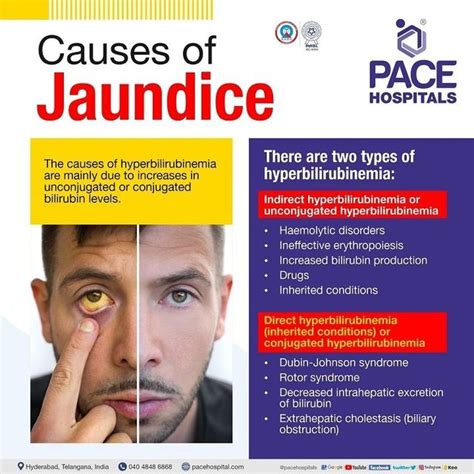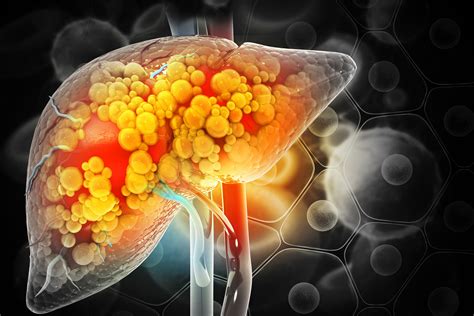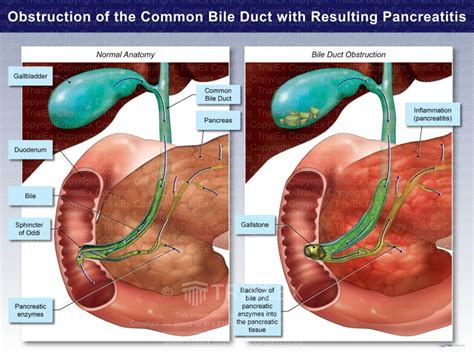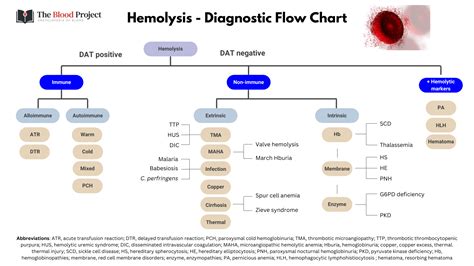Intro
Discover the 5 causes of jaundice, including liver disease, bile duct obstruction, and hemolytic anemia, and learn about symptoms, diagnosis, and treatment options for this common condition characterized by yellowing skin and eyes.
Jaundice is a common medical condition characterized by a yellowish discoloration of the skin and eyes, which can be caused by a variety of factors. It occurs when there is an excess of bilirubin in the blood, which can be due to problems with the liver, bile ducts, or blood. Understanding the causes of jaundice is essential for effective diagnosis and treatment. In this article, we will delve into the 5 main causes of jaundice, exploring each cause in detail and discussing the symptoms, diagnosis, and treatment options.
Jaundice can be a symptom of an underlying condition, and it is crucial to identify the underlying cause to provide appropriate treatment. The condition can be acute or chronic, and it can affect people of all ages, from newborns to adults. Jaundice can be a sign of a serious underlying condition, such as liver disease or cancer, and it is essential to seek medical attention if symptoms persist or worsen over time.
The symptoms of jaundice can vary depending on the underlying cause, but common symptoms include yellowish skin and eyes, dark urine, pale stools, and itching. In some cases, jaundice can be accompanied by other symptoms, such as fatigue, weight loss, and abdominal pain. If left untreated, jaundice can lead to serious complications, such as liver damage, kidney damage, and even death.
Introduction to Jaundice Causes

Jaundice is a complex condition, and understanding its causes is essential for effective management. The 5 main causes of jaundice are liver disease, bile duct obstruction, hemolytic anemia, viral hepatitis, and pancreatic cancer. Each of these causes has distinct symptoms, diagnosis, and treatment options, and it is crucial to identify the underlying cause to provide appropriate treatment.
Liver Disease and Jaundice
Liver disease is a common cause of jaundice, and it can be caused by a variety of factors, such as viral hepatitis, alcoholic liver disease, and non-alcoholic fatty liver disease. Liver disease can cause jaundice by reducing the liver's ability to remove bilirubin from the blood, leading to a buildup of bilirubin in the skin and eyes. Symptoms of liver disease-induced jaundice can include yellowish skin and eyes, dark urine, pale stools, and itching.Liver Disease as a Cause of Jaundice

Liver disease can be diagnosed using a combination of physical examination, medical history, laboratory tests, and imaging studies. Treatment options for liver disease-induced jaundice depend on the underlying cause and can include medications, lifestyle modifications, and surgery. In some cases, liver transplantation may be necessary to treat advanced liver disease.
Bile Duct Obstruction and Jaundice
Bile duct obstruction is another common cause of jaundice, and it can be caused by a variety of factors, such as gallstones, tumors, and strictures. Bile duct obstruction can cause jaundice by blocking the flow of bile from the liver to the small intestine, leading to a buildup of bilirubin in the blood. Symptoms of bile duct obstruction-induced jaundice can include yellowish skin and eyes, dark urine, pale stools, and itching.Bile Duct Obstruction as a Cause of Jaundice

Bile duct obstruction can be diagnosed using a combination of physical examination, medical history, laboratory tests, and imaging studies. Treatment options for bile duct obstruction-induced jaundice depend on the underlying cause and can include medications, endoscopic retrograde cholangiopancreatography (ERCP), and surgery. In some cases, stenting or balloon dilation may be necessary to relieve the obstruction.
Hemolytic Anemia and Jaundice
Hemolytic anemia is a condition characterized by the premature destruction of red blood cells, which can lead to a buildup of bilirubin in the blood. Hemolytic anemia can cause jaundice by increasing the amount of bilirubin produced by the breakdown of red blood cells. Symptoms of hemolytic anemia-induced jaundice can include yellowish skin and eyes, dark urine, pale stools, and itching.Hemolytic Anemia as a Cause of Jaundice

Hemolytic anemia can be diagnosed using a combination of physical examination, medical history, laboratory tests, and imaging studies. Treatment options for hemolytic anemia-induced jaundice depend on the underlying cause and can include medications, blood transfusions, and splenectomy. In some cases, iron chelation therapy may be necessary to remove excess iron from the body.
Viral Hepatitis and Jaundice
Viral hepatitis is a common cause of jaundice, and it can be caused by a variety of viruses, such as hepatitis A, B, and C. Viral hepatitis can cause jaundice by reducing the liver's ability to remove bilirubin from the blood, leading to a buildup of bilirubin in the skin and eyes. Symptoms of viral hepatitis-induced jaundice can include yellowish skin and eyes, dark urine, pale stools, and itching.Viral Hepatitis as a Cause of Jaundice

Viral hepatitis can be diagnosed using a combination of physical examination, medical history, laboratory tests, and imaging studies. Treatment options for viral hepatitis-induced jaundice depend on the underlying cause and can include medications, lifestyle modifications, and liver transplantation. In some cases, antiviral therapy may be necessary to treat the underlying viral infection.
Pancreatic Cancer and Jaundice
Pancreatic cancer is a rare but serious cause of jaundice, and it can be caused by a tumor in the pancreas that blocks the bile duct. Pancreatic cancer can cause jaundice by blocking the flow of bile from the liver to the small intestine, leading to a buildup of bilirubin in the blood. Symptoms of pancreatic cancer-induced jaundice can include yellowish skin and eyes, dark urine, pale stools, and itching.Pancreatic Cancer as a Cause of Jaundice

Pancreatic cancer can be diagnosed using a combination of physical examination, medical history, laboratory tests, and imaging studies. Treatment options for pancreatic cancer-induced jaundice depend on the stage and location of the tumor and can include surgery, chemotherapy, and radiation therapy. In some cases, palliative care may be necessary to relieve symptoms and improve quality of life.
In conclusion, jaundice is a complex condition with multiple causes, and understanding the underlying cause is essential for effective diagnosis and treatment. The 5 main causes of jaundice are liver disease, bile duct obstruction, hemolytic anemia, viral hepatitis, and pancreatic cancer. Each of these causes has distinct symptoms, diagnosis, and treatment options, and it is crucial to identify the underlying cause to provide appropriate treatment.
We invite you to comment below and share your thoughts on the causes of jaundice. If you have any questions or concerns, please do not hesitate to ask. You can also share this article with others who may be interested in learning more about jaundice and its causes.
What are the common symptoms of jaundice?
+The common symptoms of jaundice include yellowish skin and eyes, dark urine, pale stools, and itching.
What are the main causes of jaundice?
+The main causes of jaundice are liver disease, bile duct obstruction, hemolytic anemia, viral hepatitis, and pancreatic cancer.
How is jaundice diagnosed?
+Jaundice can be diagnosed using a combination of physical examination, medical history, laboratory tests, and imaging studies.
What are the treatment options for jaundice?
+The treatment options for jaundice depend on the underlying cause and can include medications, lifestyle modifications, surgery, and liver transplantation.
Can jaundice be prevented?
+In some cases, jaundice can be prevented by avoiding risk factors, such as excessive alcohol consumption, and getting vaccinated against viral hepatitis.
